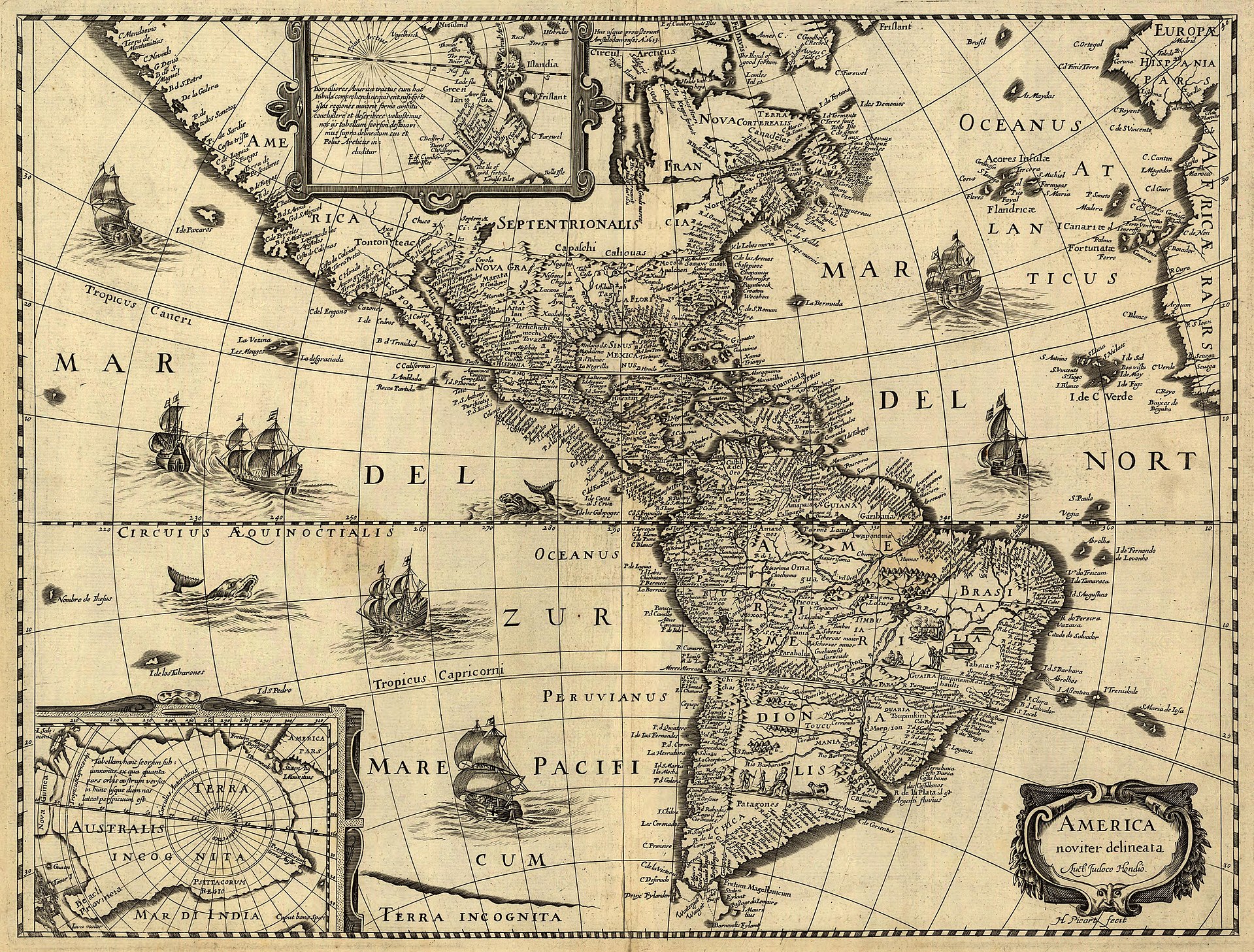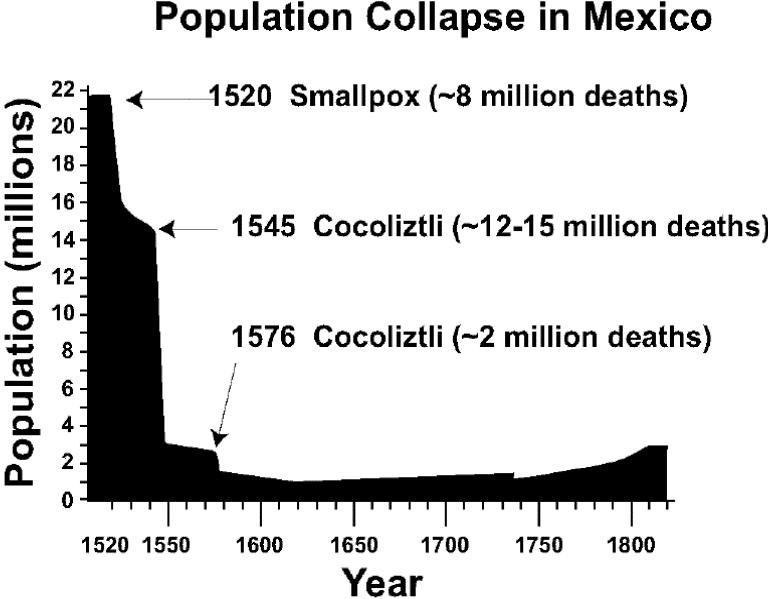The Spanish colonisation of the Americas signifies one of the most impactful periods in global history, stretching from the late 15th century to the early 19th century. This era laid the groundwork for the modern Americas and widespread cultural shifts that resonate to this day. Below, we will explore the journey, challenges, and the legacy left by Spanish explorers and settlers.
_-_Pizarro_Seizing_the_Inca_of_Peru_-_Google_Art_Project.jpg)
The Dawn of Discovery
The Spanish colonisation commenced in 1493 on the Caribbean island of Hispaniola, now divided into Haiti and the Dominican Republic. This followed the monumental voyage of Christopher Columbus in 1492, a Genoese mariner licensed by Queen Isabella I of Castile. While the initial discoveries were islands in the Caribbean, the Spanish swiftly expanded their reach across North and South America.
One can attribute Spain's drive to expand to a combination of economic interests, religious zeal, and the ambition to bolster the Spanish crown's prestige and authority. The lure of vast territories teeming with resources, and the prospect of converting indigenous inhabitants to Christianity, motivated Spaniards to journey across the Atlantic.
Mechanisms of Control
The Crown of Castile maintained jurisdiction over these new overseas endeavours until the loss of their final territories in 1898. The Spanish Empire's expansion saw the imposition of civil and religious structures to administer these vast lands effectively.
Spanish settlers, mainly concentrated in areas with dense indigenous populations and abundant resources, introduced new governance systems and sought economic gains through the extraction of resources. Additionally, Spanish rulers perceived the local populace as both human resources and potential converts to Christianity. This belief system spurred aggressive and sometimes forceful measures to integrate indigenous peoples into the Catholic faith.
Conflicting Claims and Methods of Administration
Spain's claims over the newly discovered lands enveloped almost the entirety of what was then known as the New World, including the Caribbean and significant swathes of North and South America. Notably, Brazil fell under Portuguese control as a result of the Treaty of Tordesillas. European competitors, notably the English, French, and Dutch, also staked claims in the Spanish-designated territories, often leading to territorial disputes.
Though modern narratives commonly refer to these areas as "colonies," the term was not in widespread use until the latter half of the 18th century. Present-day scholars continue to debate the appropriate terminology to describe this period, reflecting the complexity and multifaceted nature of these historical events.

Population Dynamics and Labour Practices
From 1492 to 1832, approximately 1.86 million Spaniards emigrated to the Americas, and an additional 3.5 million followed in the post-independence era between 1850 and 1950. In the 16th century, around 250,000 Spaniards relocated, with the rate of immigration peaking during the 18th century, encouraged by the Bourbon dynasty.
Tragically, the indigenous population experienced a catastrophic decline of about 80% within the first 150 years following European contact. The primary cause was the spread of infectious diseases, to which indigenous peoples had no immunity. Additionally, forced labour and slavery, exploitation for resource extraction, and essential resettlements, contributed significantly to the population decrease.
Attempts at Protection and the Rise of a Mixed-Race Society

Alarmed by the drastic population decline, the Spanish crown enacted laws designed to safeguard indigenous peoples from excessive exploitation. As the indigenous labour force dwindled, Europeans imported enslaved Africans to work in the early Caribbean settlements. Over time, intermingling of European, indigenous, and African populations gave rise to a new, mixed-race group known as the casta.
Wars of Independence and the End of Overarching Spanish Rule
The early 19th century saw widespread independence movements across Spanish America, leading to the emergence of several independent nations. Despite these seismic political shifts, Spain retained control over Cuba, Puerto Rico, and the Philippines until the Spanish-American War of 1898, which resulted in the loss of these final holdings.
Imperial Expansion
The expansion of the Spanish Empire began under the Catholic Monarchs Isabella I of Castile and Ferdinand II of Aragon. Aside from the New World, their conquests within the Iberian Peninsula also included the successful campaign to capture the Emirate of Granada in 1492, concluding the Christian Reconquista.
Key Figures: Hernán Cortés and Francisco Pizarro
The names Hernán Cortés and Francisco Pizarro are etched in history due to their roles in conquering the powerful Aztec and Inca empires, respectively. Cortés's strategic alliances, especially with the Tlaxcala city-state, proved pivotal in his campaigns. Spanish conquerors often leveraged indigenous rivalries to achieve their aims, with varying degrees of success and often severe consequences for the local populace.
Settlement Patterns and Cultural Impacts
Early Spanish settlements in the Caribbean set influential patterns for later colonial developments. Despite Columbus's steadfast belief that he had reached Asia, the Spanish soon understood the depth of their discovery, referring to their territories as "The Indies." The Spanish acknowledged and harnessed the fragmented political landscapes in regions like Mexico and Peru to establish control, whereas in the Caribbean, other strategies were needed due to the lack of large, integrated indigenous civilizations.
The Spanish colonisation left a lasting cultural legacy, evident in language, religion, and cultural traditions still prevalent in the Americas today. Moreover, it catalysed the spread of European culture and brought lasting changes—both beneficial and detrimental—to the social fabric of the Americas.
The Spanish colonisation of the Americas was a complex and multifaceted historical period marked by exploration, conquest, exploitation, and significant cultural interchange. From the momentous voyage of Columbus to the vast, influential empire administered by the Spanish Crown, this era reshaped the global historical landscape and left an indelible mark that continues to influence the Americas. The stories of heroism, tragedy, and cultural amalgamation from this period remain subjects of study and reflection, enhancing our understanding of the transformative power of historical encounters.